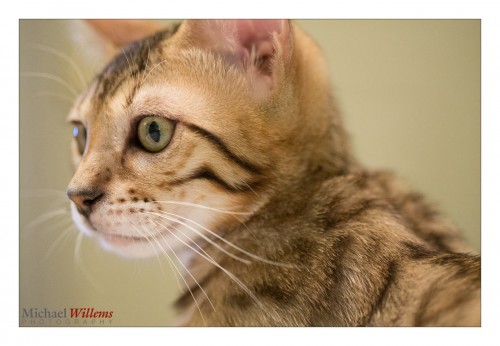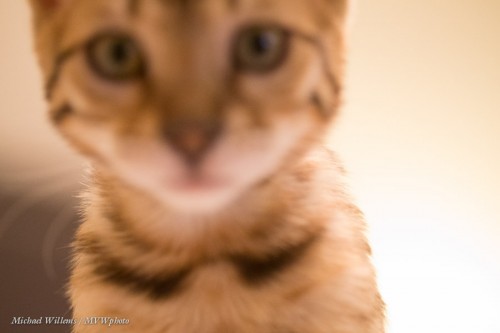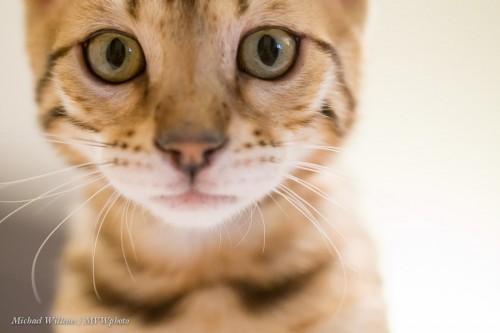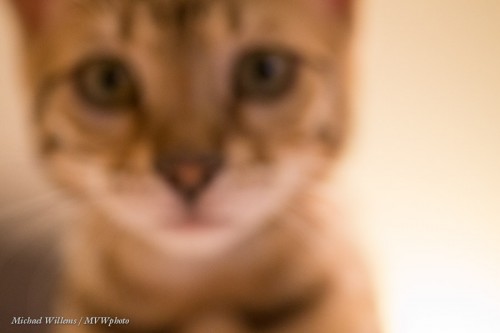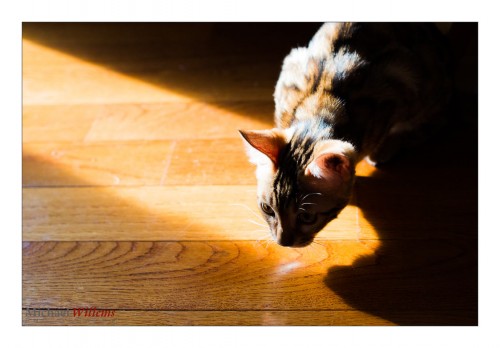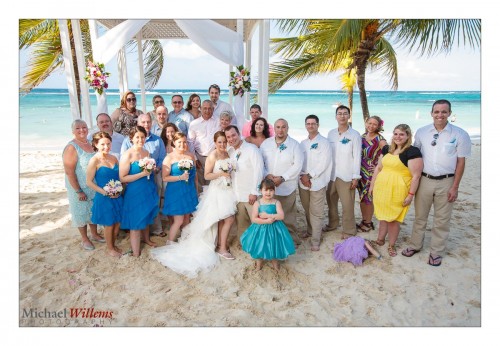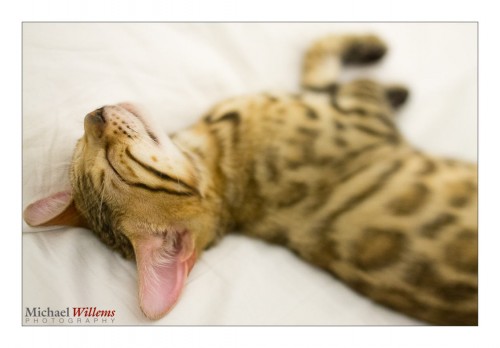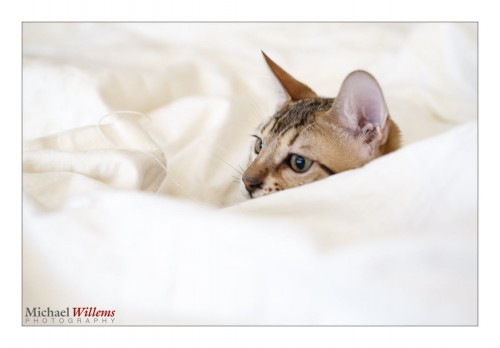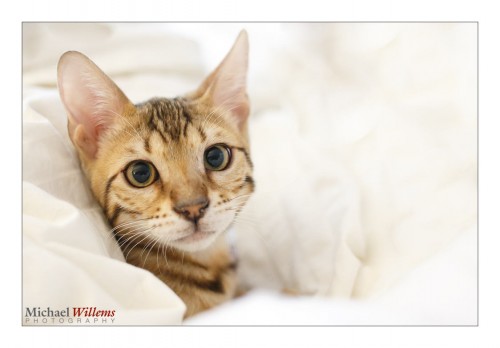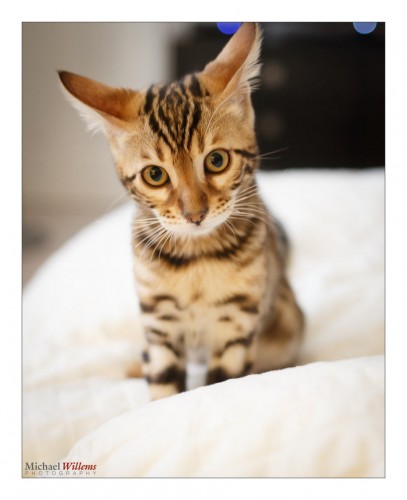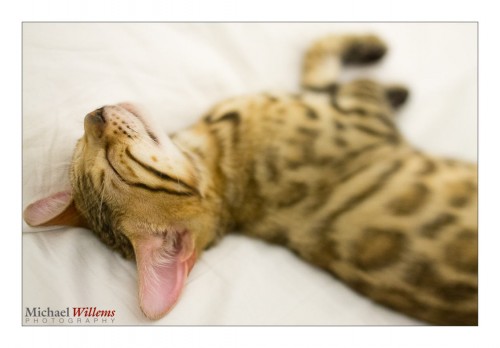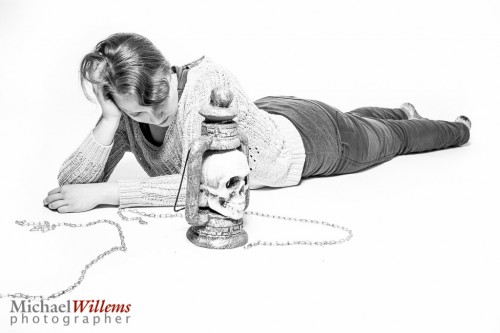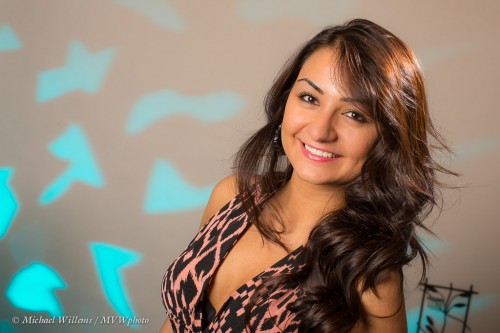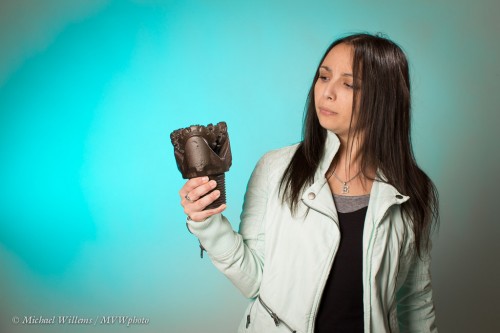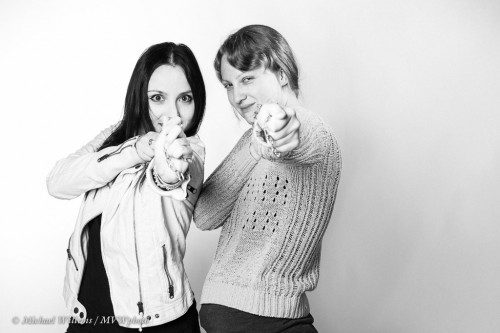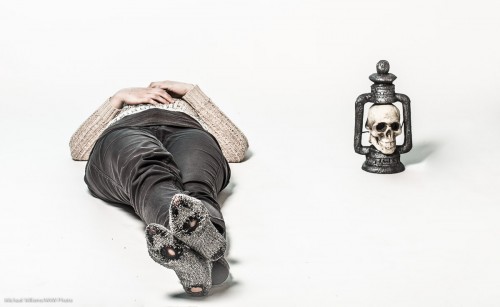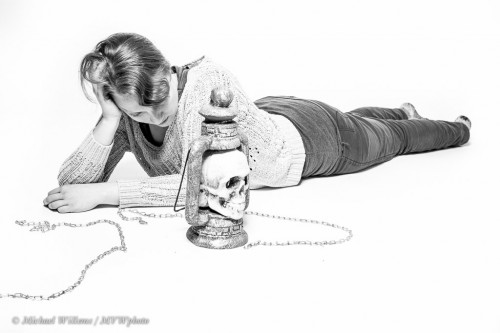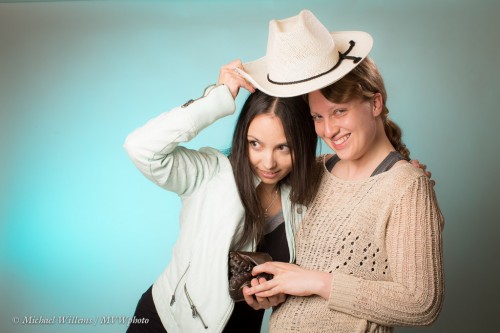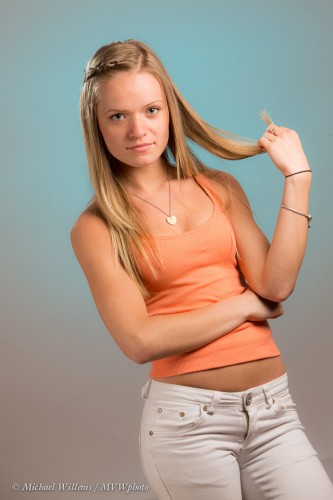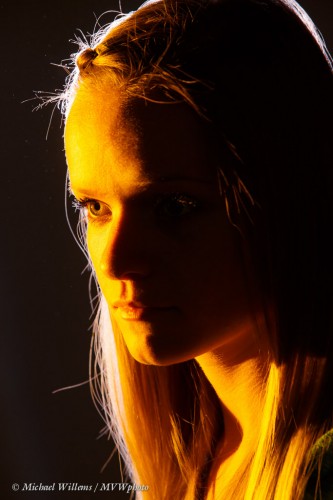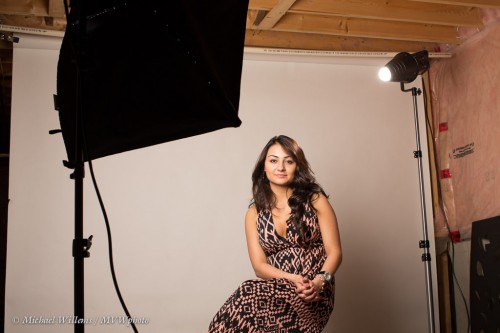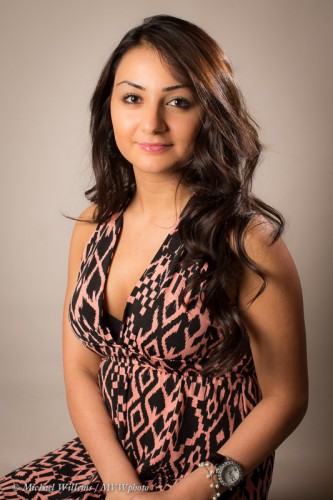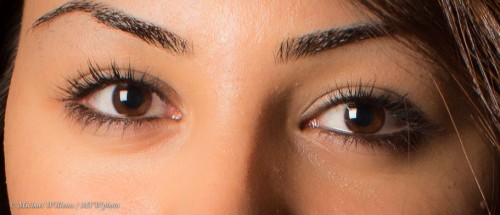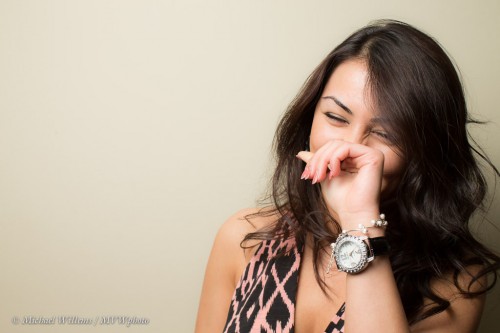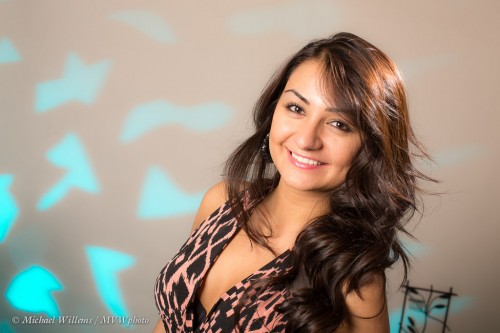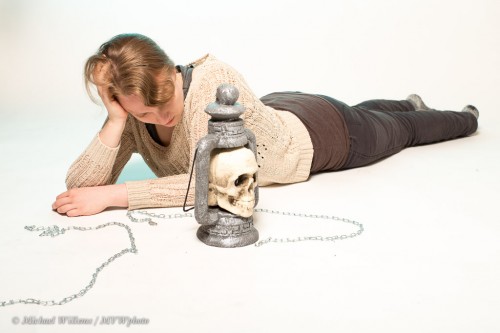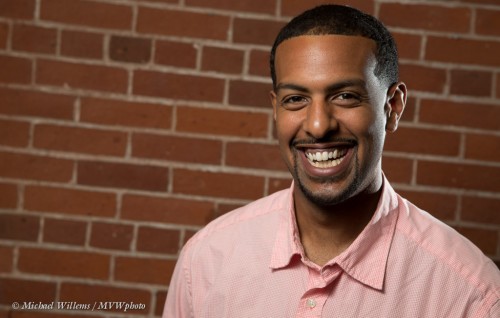Often, I shoot with manual focus. I do this when either of these are the case:
- I want more personal control;
- I use a lens that only allows manual focus, like my tilt-shift lens;
- It is too dark to focus using autofocus, a situation that is in fact quite common with modern cameras.
Tonight, I was taking a few snaps of my cats. It is dark here, it is evening. And I did it… this looks good, eh? Just a few minutes ago:
Why? Because the focus is sharp where it should be, on the pupil of the closest eye. Which at f/2.8 – I used f/2.8 to blur out the background – was not at all easy.
And it was too dark to autofocus. So I focused by hand. But this too was tough, because felines do not wish to sit still even for a millisecond. So I resorted to this technique:
- Set focus to manual
- Set drive to fast, continuous (10 fps)
- Focus behind animal
- While moving focus ring to bring focus forward, shoot in continuous mode.
When you do this a few times you will waste a lot of shots but some will be sharp, and you only need one. Like in this sequence:
Shot 8:
Shot 10:
Shot 12:
As you see, shot 10 is good. And that is the only one I need.
So next time you ned to shoot a moving object and it’s dark, try this technique. Just do not tell anyone how you did it. I got 16 good, sharp shots out of a total of 123. And I only needed a few. Though there are never enough cat shots on the Internet.

